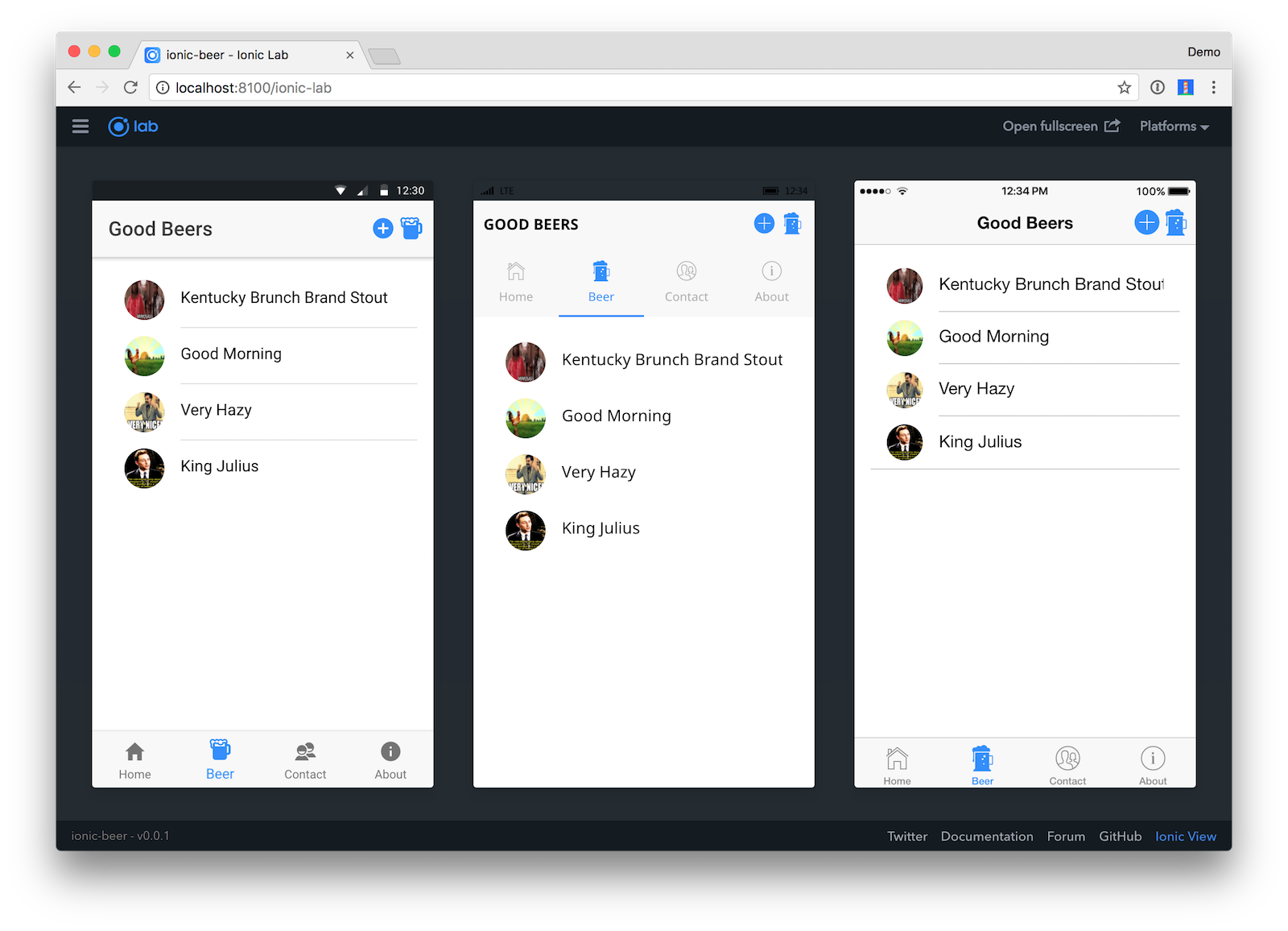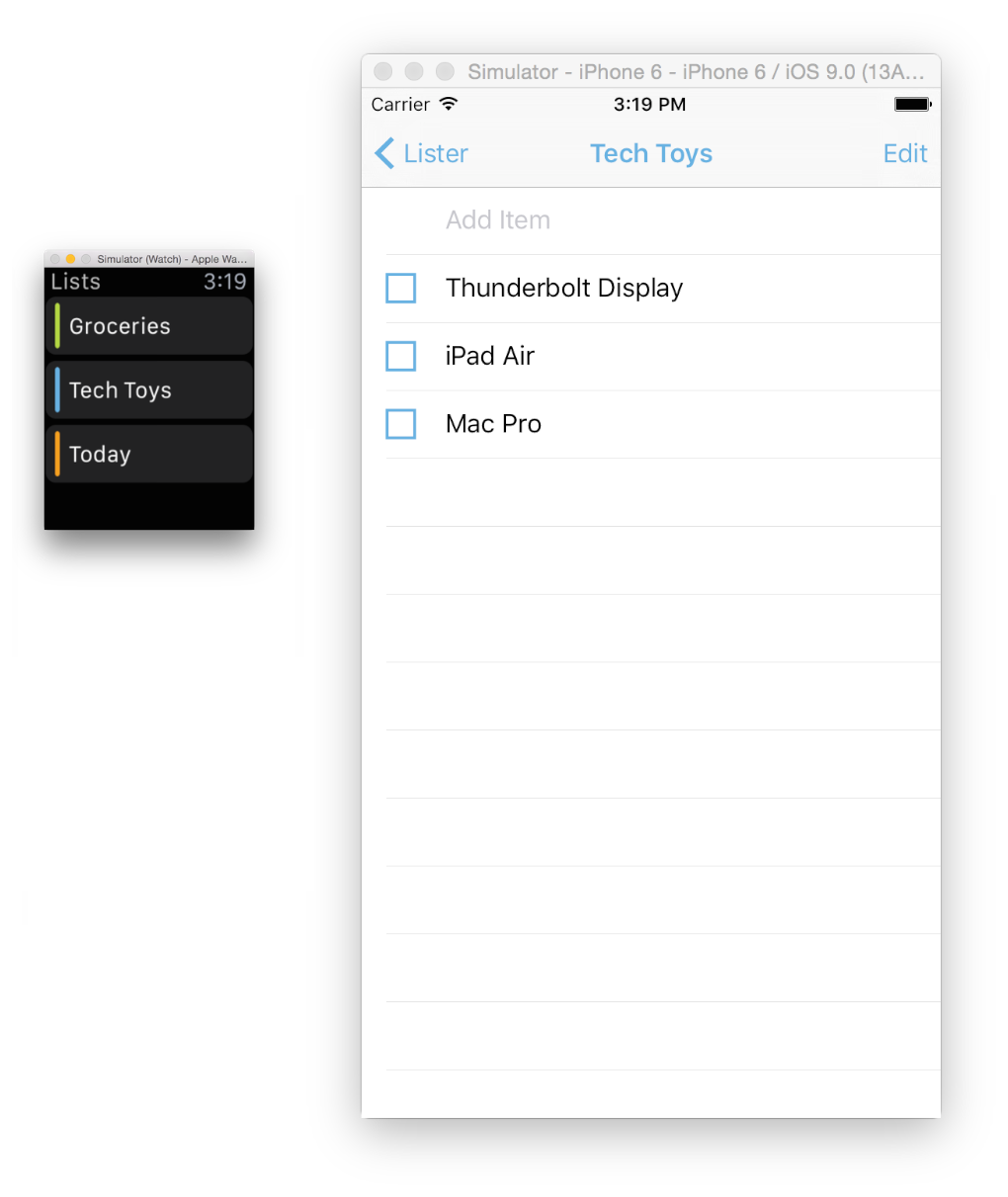Aug 29, 2021 It’s Apple’s product. Being Apple’s product, you can expect the quality and premium features from it. It has useful features for running and testing iOS apps on Windows and Mac. Xamarin can provide most of the good features which you expect from an emulator. Well, it’s good to go tool to run iOS apps on your Mac laptop or PC.
© Crystal Cox/Business Insider You'll be able to run iPhone apps on the coming Mac computers. Crystal Cox/Business InsiderBest iOS Emulators for PC (Windows and Mac) in 2020. Moreover, Smartface eliminates the need of using a MacOS computer to Test and develop iOS apps. Smartface is ideal for professional users as this iOS emulator starts from $99. It is also important to know that Smartface is probably the most feature-packed iPhone emulators available for use.
- Apps published on Google Play undergo a review by Google. The Android SDK is available for all platforms - Mac, PC and Linux. IOS apps are programmed using Objective-C. Developers must pay $99 every year for access to the iOS SDK and the right to publish in Apple's app store. The iOS SDK is only available for the Mac platform.
- One of our favorite iOS emulators on the market is App.io. The app is free and it is very easy to use. The interface is so simple that it can be used by almost anyone. The App.io is available on both platforms; you can use it as iOS emulator for Mac and for Windows.
- You can't run iPhone apps on a Mac computer without using an emulator, though that will change with a new generation of Macs, set to come out by the end of 2020.
- The new Macs will run on Apple's own chipsets that are similar to what's found in iOS devices.
- To run an iPhone app on an older Intel-based Mac, you need to use an emulator like Xcode.
- Visit Business Insider's Tech Reference library for more stories.
Your Mac isn't generally able to run apps from your iPhone. iOS apps are designed using a fundamentally different architecture than Mac software, which means they're incompatible – Mac programs can't run on iPhones, and iPhone apps can't run on Macs.

You'll soon be able to run iPhone apps on some Mac models

That's about to change, though. In an Apple developer conference earlier this year, Apple announced that it was going to stop building Macs with Intel-based CPUs. In its place, Apple is creating its own chipset in much the same way it already does for iPhones, iPads, and other iOS and mobile devices. When this happens, the new Macs will share a similar architecture to iOS devices and will be able to natively run iPhone apps.
Apple has designed its own ARM-based processors for iPhone and iPad devices for years. ARM chipsets use a design approach called reduced instruction set computing (RISC) which is generally more efficient and uses less power than traditional desktop processors, such as those made by Intel. Apple has had great success developing ARM chipsets for its mobile devices and the latest generation now offers enough performance for desktop devices like laptops. Starting late in 2020, Apple should be releasing Mac computers with these ARM-based chips.
Because these Macs will have an architecture that's so similar to iOS devices, Apple has announced that they can natively run iPhone apps with no further changes or modifications. You'll be able to install iOS apps directly from the Mac's app store.
© OLI SCARFF/AFP via Getty Images With the new generation of Macs, you'll be able to get all of your iPhone apps on your computer as well. OLI SCARFF/AFP via Getty ImagesThe timing is uncertain, but the new Macs running Apple chips are expected to come out before the end of the year. As a result, both Intel chipset and Apple chipset Macs will be around for quite some time, and only the ones with Apple chipsets will be able to run iPhone apps. This might be a little confusing until most Intel-based Macs have been retired.
Running iPhone apps on a Mac with an emulator
New, iPhone-app-compatible Macs may be coming soon, but that's not the entire story. Because software developers need to be able to test iPhone apps quickly and easily, they sometimes use emulator software to run iPhone apps on Macs.
There are a handful of emulators available for Mac that can run iPhone apps, but keep in mind that these are not intended for casual users. These programs are not easy to install or manage, and generally require developer knowledge to use them successfully. In addition, it's generally not possible to install apps from the Apple App Store; you're limited to apps stored on the Mac. One of the most common iPhone emulators is Apple's own Xcode. Ntlite keygen serial.
Related coverage from Tech Reference:
Filipe Espósito, 9to5Mac:
Since Apple Silicon Macs will have the same processors as iPhone and iPad, Apple will let users download and install iOS apps on these Macs even if the developer doesn’t offer a specific version of the app for macOS.
Key point is the idea that you might have a choice between an Intel-built app running in some form of emulation on an Apple Silicon Mac or an iOS app running natively.
Although by default all iOS apps are available on the Mac App Store for Apple Silicon, the company is allowing developers to opt their iOS apps out of the new unified store.
Run Ios Apps On Mac Emulator Version
And there’s the rub. According to this post, not all iOS apps will be available on the new Macs.
Run Ios Apps On Mac Emulator Ios

If you were expecting to watch YouTube on your new Mac with a native app, you’re out of luck. Google has chosen not to offer most of its apps on the Apple Silicon platform, and this also includes Google Maps, Google Drive, and Gmail apps. On the other hand, the Netflix app for iOS is still on track to be available on new Macs, as well as the HBO Max app.
This is life on a new platform. But over time, older Mac apps will either fade away, or rebuild for the new hardware. Over time, you’ll have all native apps, one way or the other.
Best Ios Emulator For Mac
Same as it ever was.
Important:The information in this document is deprecated in Xcode 9. For Xcode 9 and later, see Simulator Help by choosing Help > Simulator Help in Simulator.
Important The information in this document is deprecated in Xcode 9. For Xcode 9 and later, see Simulator Help by choosing Help > Simulator Help in Simulator.

Simulator allows you to rapidly prototype and test builds of your app during the development process. Installed as part of the Xcode tools, Simulator runs on your Mac and behaves like a standard Mac app while simulating an iPhone, iPad, Apple Watch, or Apple TV environment. Think of the simulator as a preliminary testing tool to use before testing your app on an actual device.
Simulator enables you to simulate iOS, watchOS, and tvOS devices running current and some legacy operating systems. Each combination of a simulated device and software version is considered its own simulation environment, independent of the others, with its own settings and files. These settings and files exist on every device you test within a simulation environment.
At a Glance
By simulating the operation of your app in Simulator, you can:
Find major problems in your app during design and early testing
Test your app using developer tools that are available only for Simulator
Learn about the Xcode development experience and the iOS development environment before becoming a member of the iOS Developer Program
Emulate Ios Apps On Mac Free
This guide walks you through Simulator, starting with the basics of how to use it and moving on to the tools found within the simulator that can assist you in testing and debugging your apps.
Organization of This Document
Read the following chapters to learn how to use Simulator:
Getting Started in Simulator, to understand the functionality of Simulator, and gain a working knowledge of the various ways to launch it
Interacting with Simulator, to learn about the various ways of interacting with Simulator, including taking screenshots and changing the scale of simulated devices
Interacting with iOS and watchOS, to learn about the specific ways of interacting with simulated iOS and watchOS devices, including gestures and hardware manipulation
Interacting with tvOS, to learn about the specific ways of interacting with tvOS, including using the focus-based user interface and using external remotes with Simulator
Testing and Debugging in Simulator, to understand the tools available within Simulator to assist you with testing and debugging your apps
Customizing Your Simulator Experience with Xcode Schemes, to learn about additional ways to customize your Simulator experience through Xcode schemes
See Also
Apple provides these related documents that you may find helpful:
To learn the basics of developing iOS apps, see Start Developing iOS Apps (Swift).
To learn about the basics of developing watchOS apps, see App Programming Guide for watchOS.
To learn more about how you can customize your development experience within Xcode, see Xcode Overview.
To learn about the process of testing your app on a device, submitting it to the App Store, and distributing it, see App Distribution Quick Start.
Run Ios Apps On Mac Simulator
Copyright © 2018 Apple Inc. All Rights Reserved. Terms of Use | Privacy Policy | Updated: 2018-02-15